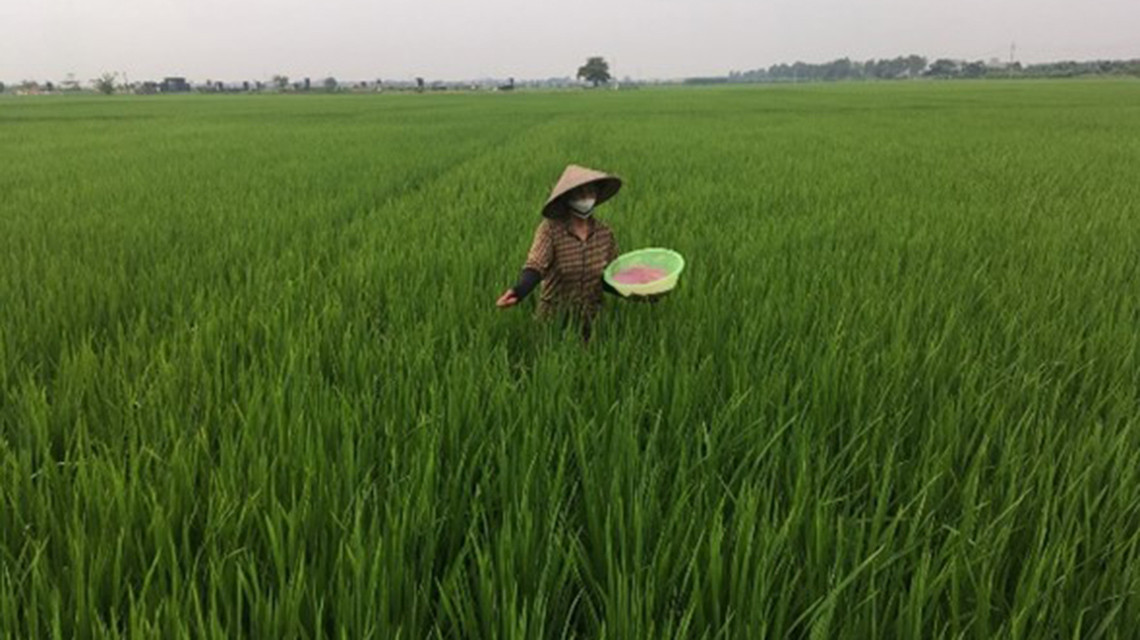To achieve sustainable rice production and food security in the region, farmers in six Asian countries have used nuclear derived climate-smart agricultural practices and significantly increased their rice yields, with the help of the IAEA and the Food and Agriculture Organization of the United Nations (FAO).
Rice is a food staple for 60 per cent of the Asian continent, with about 90 per cent of the global rice crop grown and consumed in Asia. Rice farming in the region uses over 135 million hectares and directly employs more than 300 million people in its cultivation and production. The shortages in water and the impacts of climate change have created a deficit in rice production. Increasing rice production in the region is important to ensure food security, meet the demands of a growing population and improve farmers livelihoods.
Groups of farmers in 11 countries across Asia have been using climate-smart agricultural practices following training on nuclear and isotopic techniques, under the IAEA’s technical cooperation programme. Farmers in Bangladesh, Lao People’s Democratic Republic, Myanmar, Nepal, Pakistan, and Viet Nam saw particular success with rice production increased from 1 to 2.5 tons per hectare.
Scientists from the Joint FAO/IAEA Centre of Nuclear Techniques in Food and Agriculture have made endeavours to harness nuclear techniques to optimize fertilizer and water use, thereby increasing the efficiency of agricultural production while maintaining soil health. These technologies have been successfully adopted by our counterparts and farmers in various countries, which helped increase agricultural productivity and profitability in a sustainable manner.








